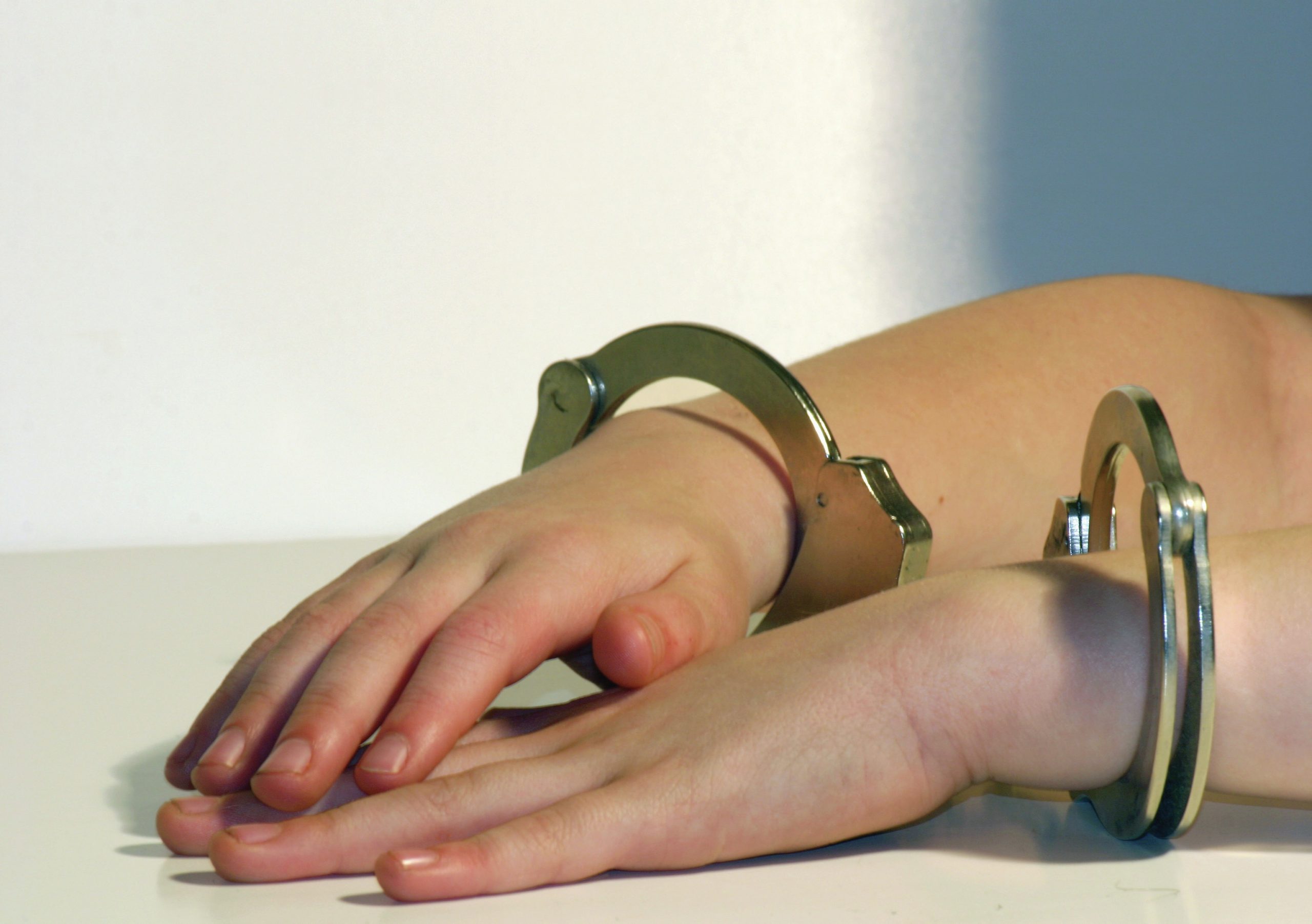
John Bowlby is well known as the father of attachment theory, as presented in his landmark trilogy — Attachment (Bowlby 1973a), Separation (Bowlby 1973b) and Loss (Bowlby 1980). Bowlby described how young infants, across species, seek proximity with primary caregivers. These primary carer relationships are formed in the first months of an infant’s life with the evolutionary biological function of maintaining the infant’s survival through feeding, nurturing and keeping the infant safe from harm (Holmes 1993).
What is less well recognised about Bowlby is that his interest in early parent–infant interaction stemmed from his clinical work with young offenders and that his theory of attachment developed from his formulations relating to this work.
Your organisation does not have access to this article.
Sign up today to give your students the edge they need to achieve their best grades with subject expertise
Subscribe



